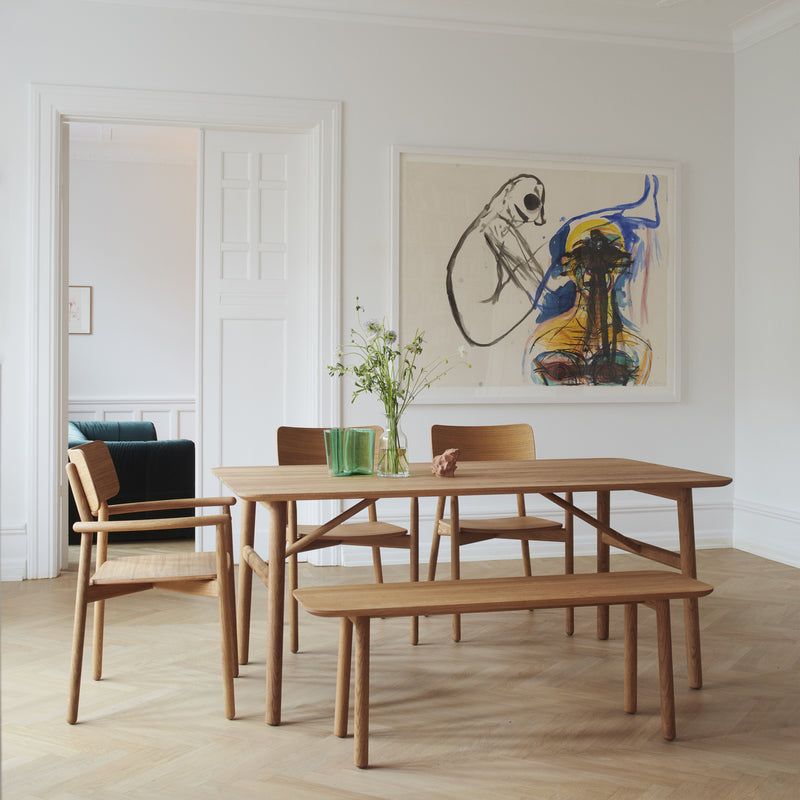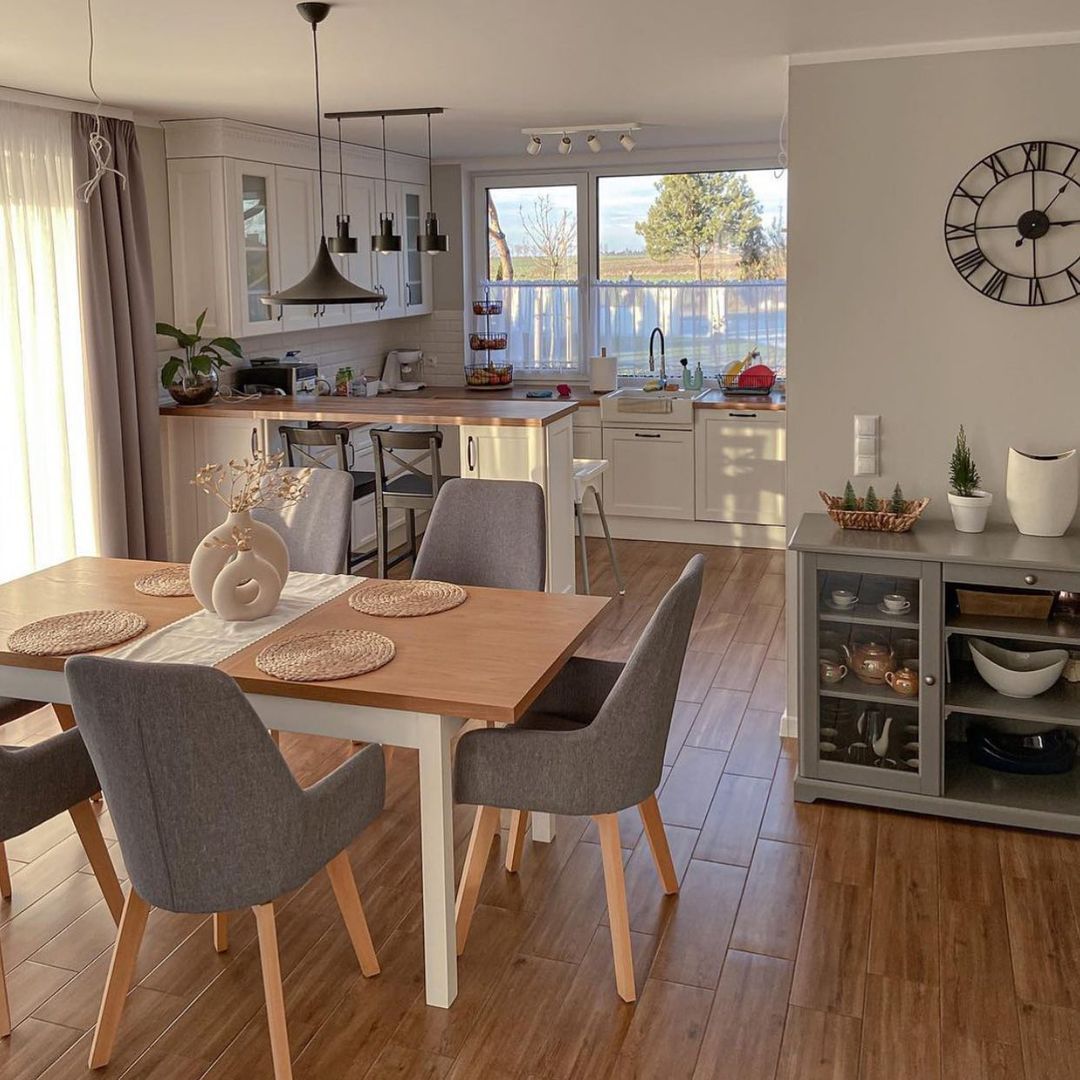As an environmentally friendly and sustainable building material, bamboo panels have received increasing attention and favor from designers and architects in recent years. It not only has unique beauty and texture, but also has good weather resistance and durability. This article will explore the use of bamboo panels in architecture and interior design and describe its advantages and characteristics.
in architectural design, bamboo boards can be used for walls, floors, ceilings, etc. The clear texture and natural colors of bamboo give the building a unique artistic flavor. Compared with traditional wood, bamboo has better stability and toughness and is not easy to deform and crack. Bamboo boards also have good sound insulation and heat preservation properties, which can help regulate indoor temperature and humidity and improve living comfort. At the same time, due to the lightweight characteristics of bamboo, the use of bamboo panels can reduce the weight of the building and reduce the load and energy consumption of the building.
in interior design, bamboo panels can be used for furniture, decoration and accessories. Bamboo panels have natural textures and colors that can add a warm, natural feel to interior spaces. Bamboo furniture is durable and comfortable to use. Bamboo boards can also be used to make lamps, handrails, murals and other decorations, adding a unique artistic atmosphere to indoor spaces.
bamboo boards have many other advantages and features. First of all, bamboo has excellent environmental performance. Bamboo is a fast-growing renewable resource with a short growth cycle and strong regeneration ability. In comparison, traditional wood takes decades or even centuries to mature. Using bamboo boards can reduce wood consumption and protect forest resources, which is a contribution to the natural environment. Secondly, bamboo boards have excellent weather resistance and durability. Bamboo is treated to be antiseptic and insect repellent. It can maintain stable performance for a long time in humid environment and is not susceptible to insect damage and rot.
there are also some problems that need attention during the application process of bamboo boards. First of all, the hardness and compressive strength of bamboo are relatively low, so attention needs to be paid to the reasonable distribution of forces and support structures during design. Secondly, the lateral strength of bamboo boards is weak and cracks and cracks are prone to occur, so care should be taken to avoid excessive stress or deformation during use. In addition, the processing and construction of bamboo boards are relatively complex and require professional craftsmanship and technical support.
bamboo boards, as an environmentally friendly and sustainable building material, have broad application prospects in architecture and interior design. It not only has unique beauty and texture, but also has good weather resistance and durability. Today, with the push for sustainable construction and environmentally friendly design, bamboo panels will become an important choice, bringing more innovation and possibilities to architecture and interior design.
Post time: Oct-31-2023







